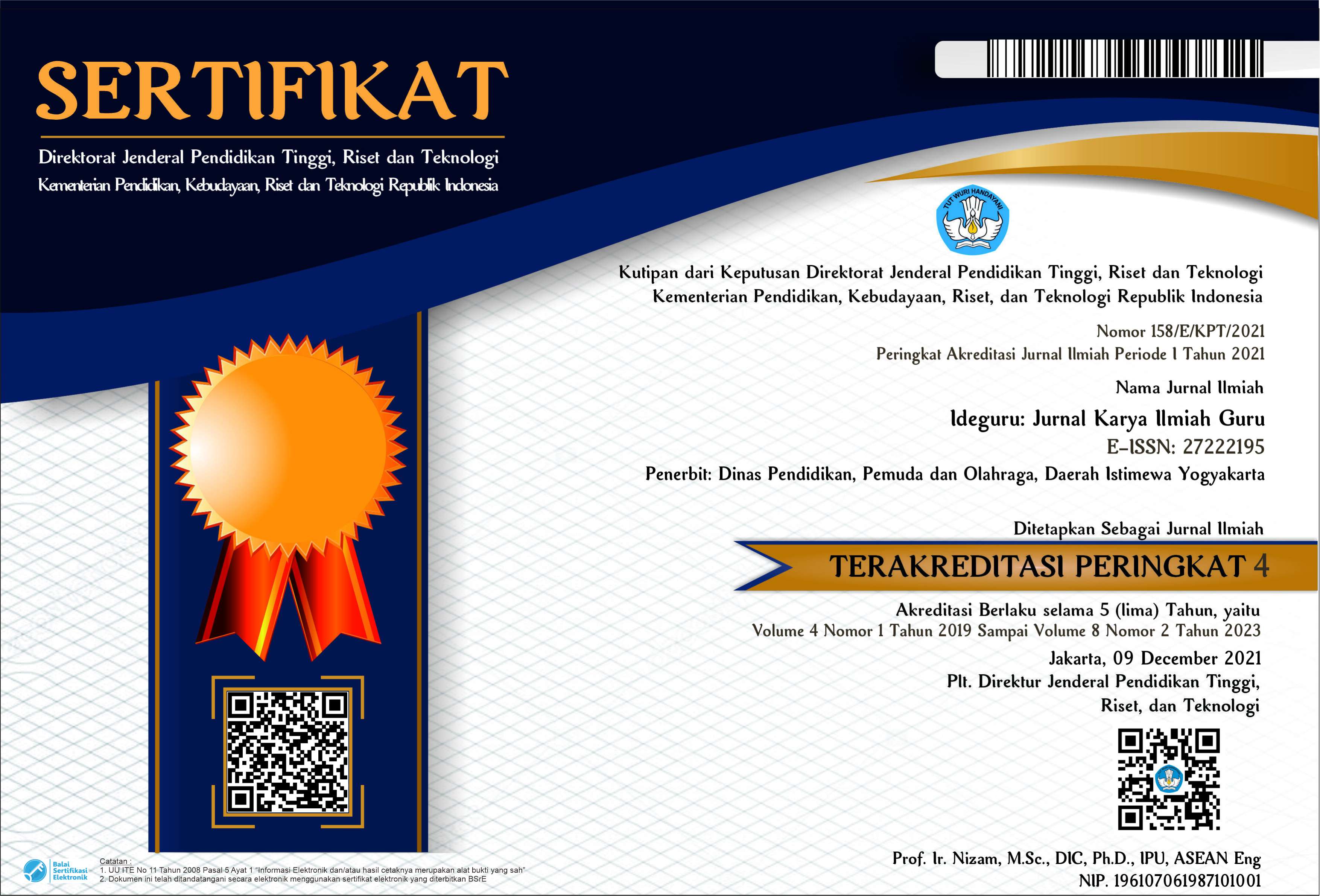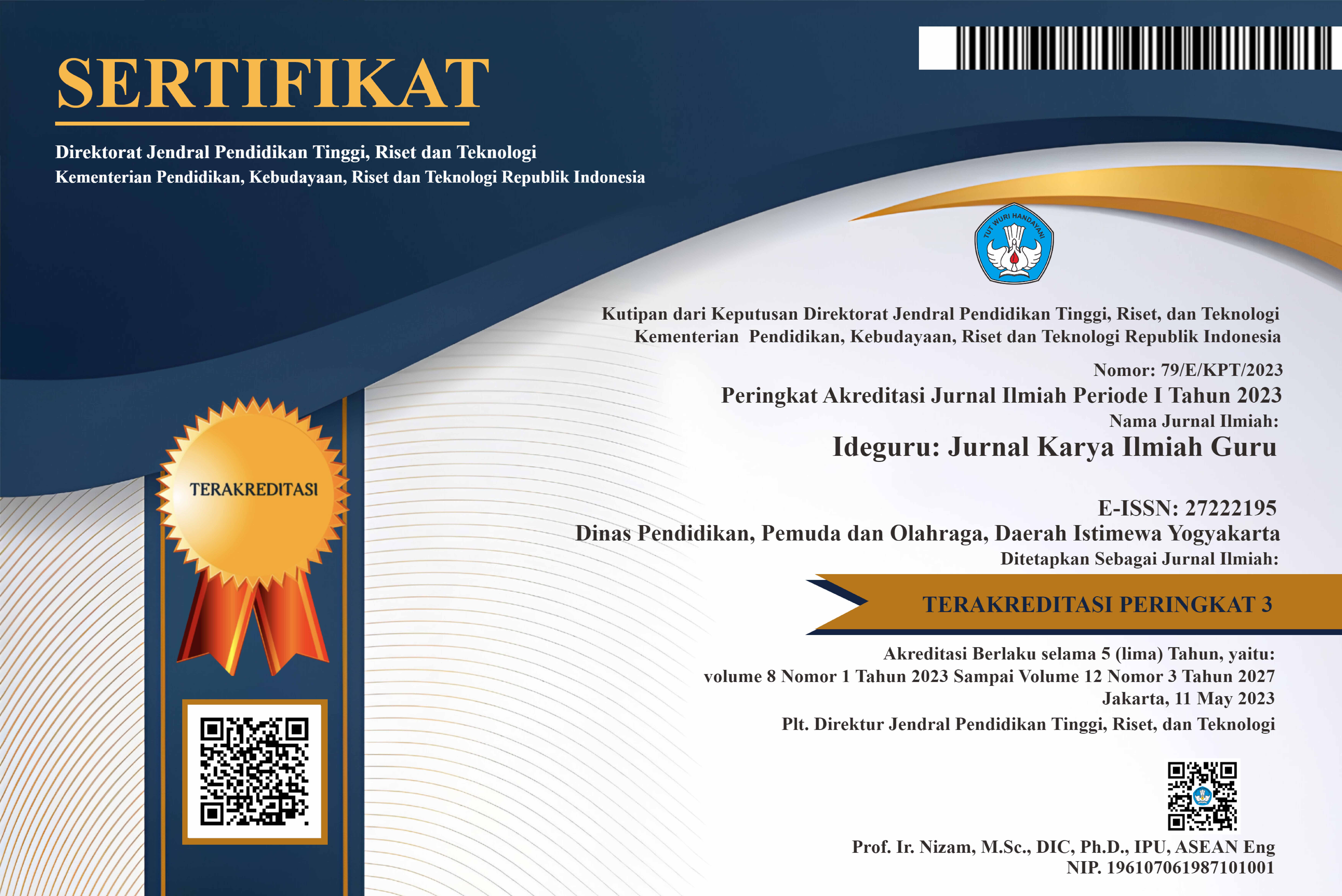Kualitas Pengelompokkan Titik Kumpul Penjemputan Siswa Menuju Sekolah Menggunakan Algoritma K-Means Clustering
Abstract
The need for intelligent school transportation is very urgent to think about together. Violations of traffic rules at SMK Negeri 4 Yogyakarta include violations of traffic rules committed by level X students, who are not yet eligible to use motorized vehicles according to Law No. 22 of 2009 article 81. DAPODIK data shows more than 50% of students use motorbikes to school from 1944 the number of students in the school. Solutions to revive public transportation facilities are urgently needed with methods that can provide effective and efficient value services. School buses as an alternative to public transportation solutions that require an optimization strategy for student gathering points (smart stops). Relevant research related to smart transportation and problem solving of school bus routes and determining their stops such as the title Optimization of Traveling Salesman Problems in School Transportation Using Genetic Algorithms (Assayyis et al., 2020) and research entitled Shareability Network Based Decomposition Approach for Solving Large-scale Multi -modal School Bus Routing Problems (Guo & Samaranayake, 2020) have utilized several PROBLEM SOLVING OPTIMIZATION (PSO) algorithms, this research will combine clustering and optimization to get the number of assembly points. Python language with the Anaconda platform as a clustering application and measuring the quality of the K-Means algorithm. Clustering quality measurement uses the DAVIES BOULDIN INDEX (DBI) method and the elbow method to obtain the number of pick-up points. Student gathering points based on the clustering method describe smart stops that have an effective and efficient impact on public transportation.
PDF Downloads
Copyright (c) 2023 Lili Kartikawati

This work is licensed under a Creative Commons Attribution 4.0 International License.

 DOI:
DOI:














